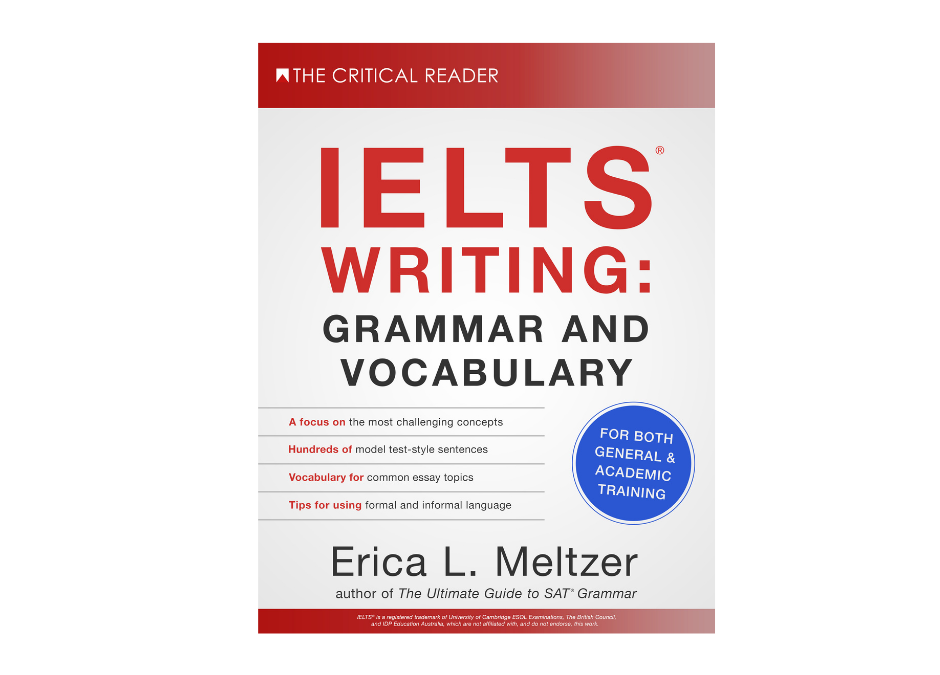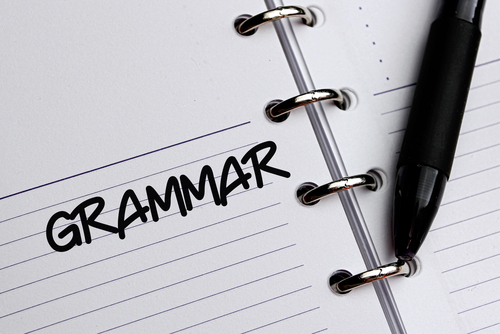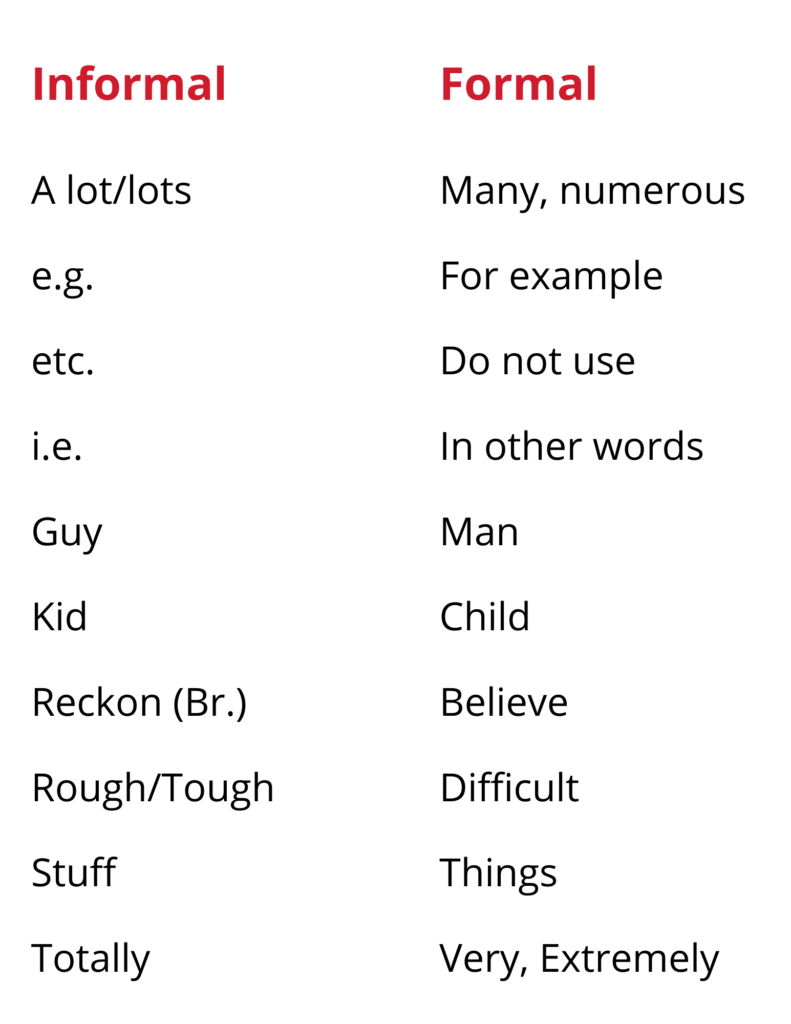
by Erica L. Meltzer | Oct 16, 2021 | IELTS
Fiona Wattam at IELTS Etc. recently put up an excellent post on some of the trickier aspects of using idioms well in IELTS essays, and it got me thinking about that topic as well. I think it’s fair to say that it’s a very popular subject: a quick Google search turns up almost four million results, some of which offer very contradictory advice.
I spent a lot of time thinking about idioms while writing (and repeatedly rewriting) that section of my IELTS grammar book, and at a certain point—perhaps after my tenth revision?—I came to a realization and finally managed to put the issue into words: using idioms is not the same as speaking or writing idiomatically.
I realize that statement might sound very contradictory so, to use a frequently memorized Task 1 General Training phrase, allow me to explain:
Essentially, the problem lies in the similarity of the terms idiom and idiomatic. One could very reasonably assume that they refer to the same thing, but in reality… not quite. (more…)

by Erica L. Meltzer | Oct 4, 2021 | Blog, IELTS
The print version of my IELTS grammar and vocabulary guide covering both Academic and General Training is now available on Amazon as well as the Books page. If you’re studying for that exam, or are a tutor who prepare students for it, here is what you need to know.
IELTS® Writing: Grammar and Vocabulary is based on a simple premise: to write a good essay, one must first be able to write well at the sentence level.
Many IELTS Writing guides focus on overall essay organization and construction and treat grammar and sentence-structure almost as an afterthought. And if they do emphasize these aspects of English, they often include example sentences that are much simpler than those required by the exam, or that are not fully relevant to the kinds of topics it involves. As for books written by non-native English speakers… well, I’m not even going to go there.
This is book is different. To the greatest extent possible, it focuses on direct application to the IELTS. It shows how specific structures are particularly suited to certain topics and scenarios, and points out traps to avoid. It also walks readers through the process of constructing “complex” sentences without losing control of their writing, and covers common errors that many test-takers do not even realize can easily (and quickly) prevent them from achieving their desired score. (more…)
by Erica L. Meltzer | Jun 3, 2021 | Blog, Grammar (SAT & ACT), IELTS
There are three main types of conjunctions in English. Some words in different categories have identical meanings, but they have different grammatical functions. As a result, they are punctuated differently when used to begin a clause or sentence.
Although the conjunctions discussed below may also appear in the middle or at the end of a sentence in certain contexts, this post concerns their placement at the start of a sentence or clause only.
1) Coordinating Conjunctions (“FANBOYS”)
There are seven coordinating conjunctions, known collectively by the acronym FANBOYS:

These words are placed in the middle of a sentence to join two independent clauses and should follow a comma. Although the punctuation is often omitted in everyday writing, you should make an effort to use it because the comma serves to clearly separate the parts of the sentence and helps the reader follow your ideas more easily. (more…)

by Erica L. Meltzer | May 31, 2021 | GMAT, Grammar (SAT & ACT), IELTS
Image by TypoArt BS, Shutterstock
I was looking back through my grammar posts the other day when I made a rather startling discovery: in all my years of writing this blog, I had somehow neglected to write a piece covering the two major causes of comma splices.
I suspect that because I’ve given this explanation in a total of five books now, I took it for granted that I had covered both issues in a single post, back in… oh, I don’t know… 2012 maybe? But apparently not.
Since this is among the most frequently tested concepts on the SAT and the ACT, an occasional target of questions on the GMAT, and a HUGELY common error in IELTS essays, I would count this omission among the greatest oversights in Critical Reader history.
So here goes. (more…)

by Erica L. Meltzer | May 17, 2021 | Blog, IELTS
After reading a certain number of Band 6 #IELTS Task 2 essays, one (or rather I) can’t help but notice certain patterns. In particular, the persistent use of certain informal words, phrases, and abbreviations is quite striking.
I’m not the first person to point this out, or to post about it on the internet, but given sheer frequency with which they’re used, it’s clear that the message isn’t getting through.
So I decided to compile the greatest hits into one very short list.

Bottom line: if you stop using the informal terms, you’re taking a real step towards Band 7; if you keep on including them, expect your score to stay where it is. These are very high-frequency words and constructions, and they are relevant to pretty much any question you might be asked.
In fact, I would actually wager that it’s possible to accurately gauge, in only a few seconds, whether an essay has any chance of earning a 7 simply by scanning it for the terms in the left-hand column, plus standard punctuation, capitalization, and spacing.
Let’s look at a comparison: (more…)

by Erica L. Meltzer | May 13, 2021 | Blog, GMAT, Grammar (SAT & ACT), IELTS
Image by Charlotte May from Pexels
In theory, parallel structure is a relatively easy concept to master: it simply refers to the fact that items in a list, as well as constructions on either side of a conjunction such as and or but, should be kept in the same format (all nouns or all verbs).
In very simple sentences, e.g., I went to bed late but woke up early, this rule is generally quite simple to apply.
When sentences are long and contain a lot of information, however, things get a bit trickier. Keeping forms parallel requires the writer to keep track of and understand how words and phrases in different parts of a sentence relate to one another.
One very common issue involves the use of main verbs after modal verbs such as can, should, or might. As anyone who speaks English at a reasonably high level knows, main verbs are never conjugated in this construction, e.g., one would say it might work, not it might works. But when the two verbs are separated, there’s a common tendency forget about the first one and to stick an -s on the second.
This is an issue that appears in the writing of both native and non-native English speakers, but it’s particularly rampant in IELTS essays. It may also be tested in GMAT Sentence Corrections. (more…)






